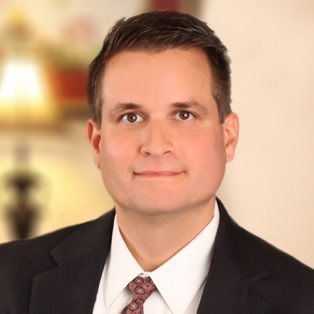Our Secretary of State MARCO ANTONIO RUBIO sounds ignorant. Our Founding Fathers made the First Amendment the first amendment for a reason.
I agree with the Orlando Sentinel and Virginia Pilot:
Editorial: Punishing free speech erodes principles that make our country great.
Orlando Sentinel & Virginia Pilot editorial, April 3, 2025)
Have the protections enshrined in the First Amendment been supplanted by the dictates of the administration?
What may have been a hyperbolic question only two months ago is now frighteningly serious, as federal authorities have arrested and threatened to deport hundreds of legal residents in recent weeks. The White House claims it is acting in the interest of public safety, but authorities have not charged these individuals with crimes or provided evidence of criminal activity.
Instead, most if not all were targeted because they exercised their constitutional right to free speech and peaceable assembly. These actions are a direct attack on fundamental civil liberties and will further erode American influence abroad.
One year ago, Rumeysa Ozturk, a graduate student at Tufts University in Boston, co-authored an op-ed column in the student newspaper that pressed school administrators to respond to resolutions passed by the student Senate condemning Israeli actions in Gaza.
“We, as graduate students, affirm the equal dignity and humanity of all people and reject the University’s mischaracterization of the [student] Senate’s efforts,” the authors wrote — the sort of argument published in campus newspapers for as long as campuses have had newspapers.
Last week, Ozturk was snatched off the street in front of her off-campus apartment by federal authorities. Footage of her detention released March 26 shows six officers with the Department of Homeland Security stopping the young woman, covering their faces with masks, taking her phone and her backpack, and handcuffing her before putting her in a vehicle and driving away.
Though her lawyer successfully petitioned a judge to prevent Ozturk from being removed from Massachusetts, records show federal authorities flew her to a detention facility in Louisiana in violation of that court order.
An international student from Turkey, Ozturk is studying for her doctorate in child study and human development. She came to the United States on a Fulbright scholarship and was a legal resident who holds an F-1 visa, which allows international students to study here full-time so long as they meet certain requirements.
Asked about the case last week, Secretary of State Marco Rubio said, “If you come into the U.S. as a visitor and create a ruckus for us, we don’t want it. We don’t want it in our country. Go back and do it in your country.” Rubio went on to boast that he had personally revoked more than 300 visas from international visitors who came to this country legally.
Ozturk’s experience mirrors the arrests and attempted deportation of other students across the country, all of whom are legally here and none of whom are accused of criminal activity.
Immigration agents recently attempted to arrest Yunseo Chung, a 21-year-old who was the valedictorian at Grafton High School in York County, Va. A Columbia University student and legal resident, she has lived in the United States since age 7. Federal authorities also detained Badar Khan Suri, an Indian national and postdoctoral fellow at Georgetown University, outside of his home in Arlington, Va. Neither has been accused of a crime; both were singled out for their pro-Palestinian advocacy and have been threatened with deportation.
These incidents should chill every American to the bone. Students such as Ozturk are the ambitious, talented and passionate people we should welcome into the United States, not drive away. It is another in a growing list of administration actions, such as attacking our North American neighbors and European allies and shuttering the U.S. Agency for International Development, that stain on our national reputation and undercut our moral authority as an advocate for democracy, liberty and human rights.
The Constitution is the foundation of U.S. law, and its protections apply to everyone here, citizen and non-citizen alike. Undermining the fundamental rights of any individual or group makes them weaker for all.
None of this makes us safer. None of this makes us stronger. Rather, it makes us a shell of what we say this nation stands for and erodes those cherished rights that once made the United States the envy of the world.
This Virginian-Pilot and Daily Press editorial has been adapted by the Orlando Sentinel. The Sentinel sometimes adapts editorials that agree with our own positions. The Orlando Sentinel Editorial Board includes Executive Editor Roger Simmons, Opinion Editor Krys Fluker and Viewpoints Editor Jay Reddick. Send letters to insight@orlandosentinel.com.


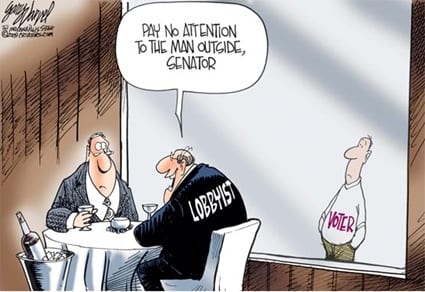



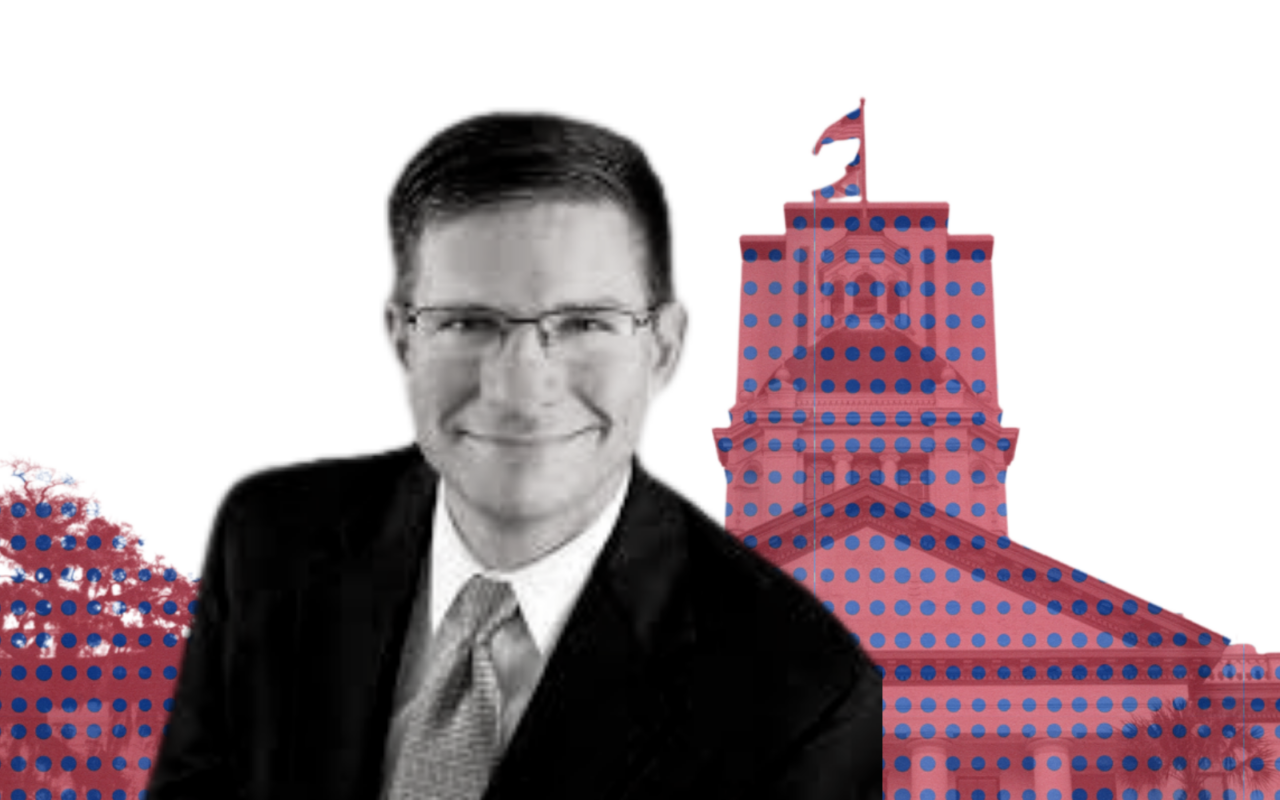
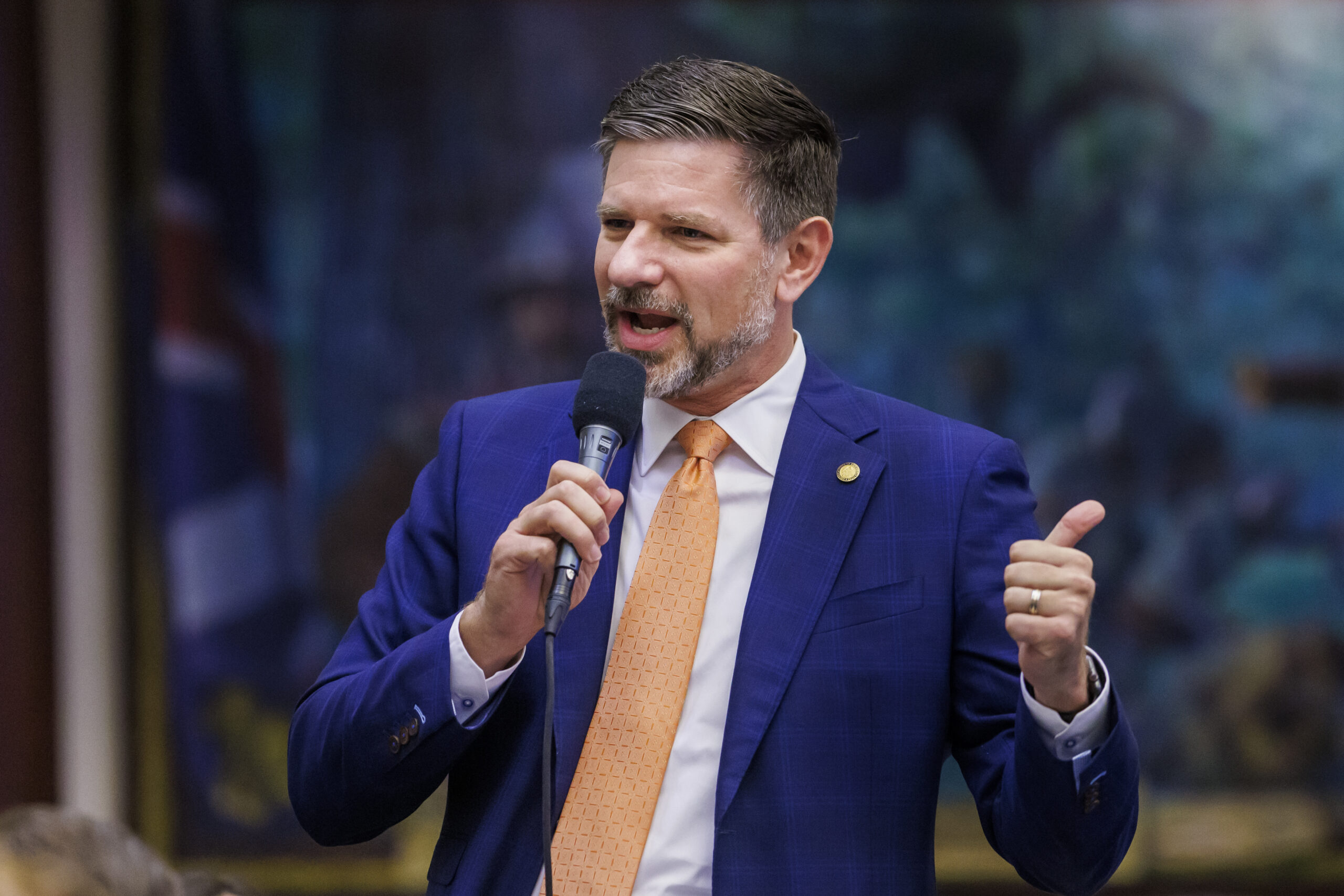






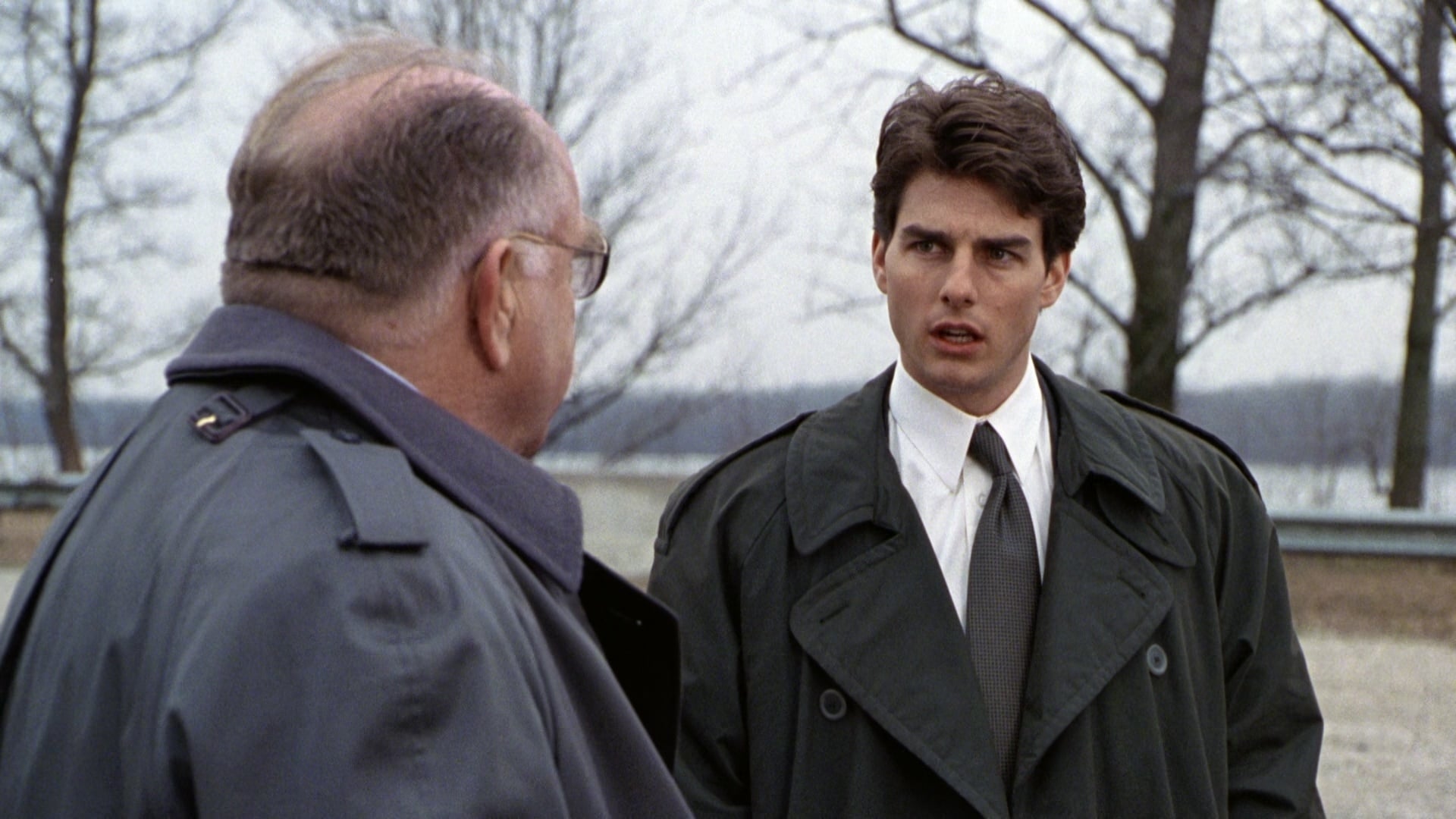



-screenshot.jpg)




 Kathryn Rubino is a Senior Editor at Above the Law, host of
Kathryn Rubino is a Senior Editor at Above the Law, host of 